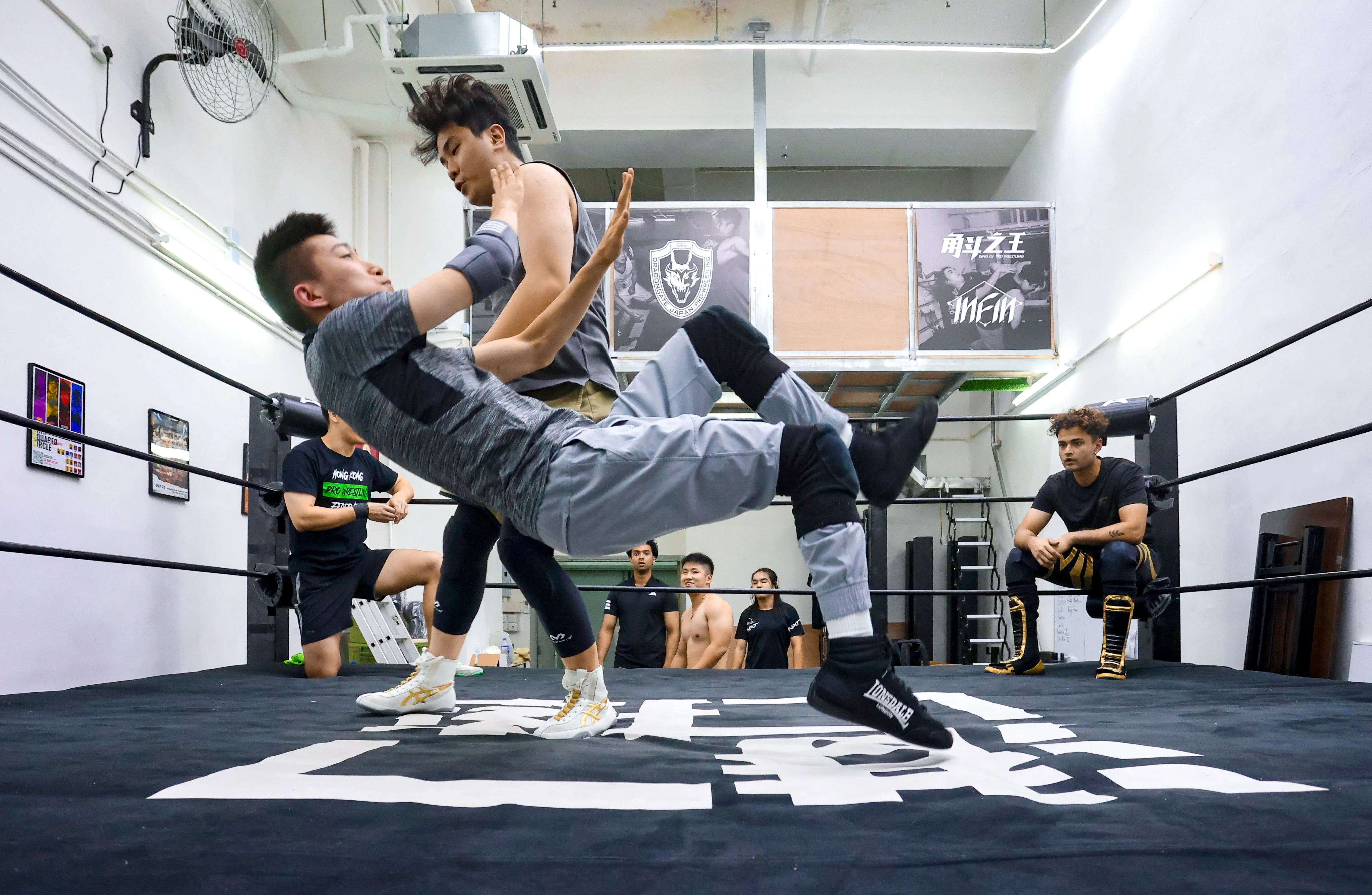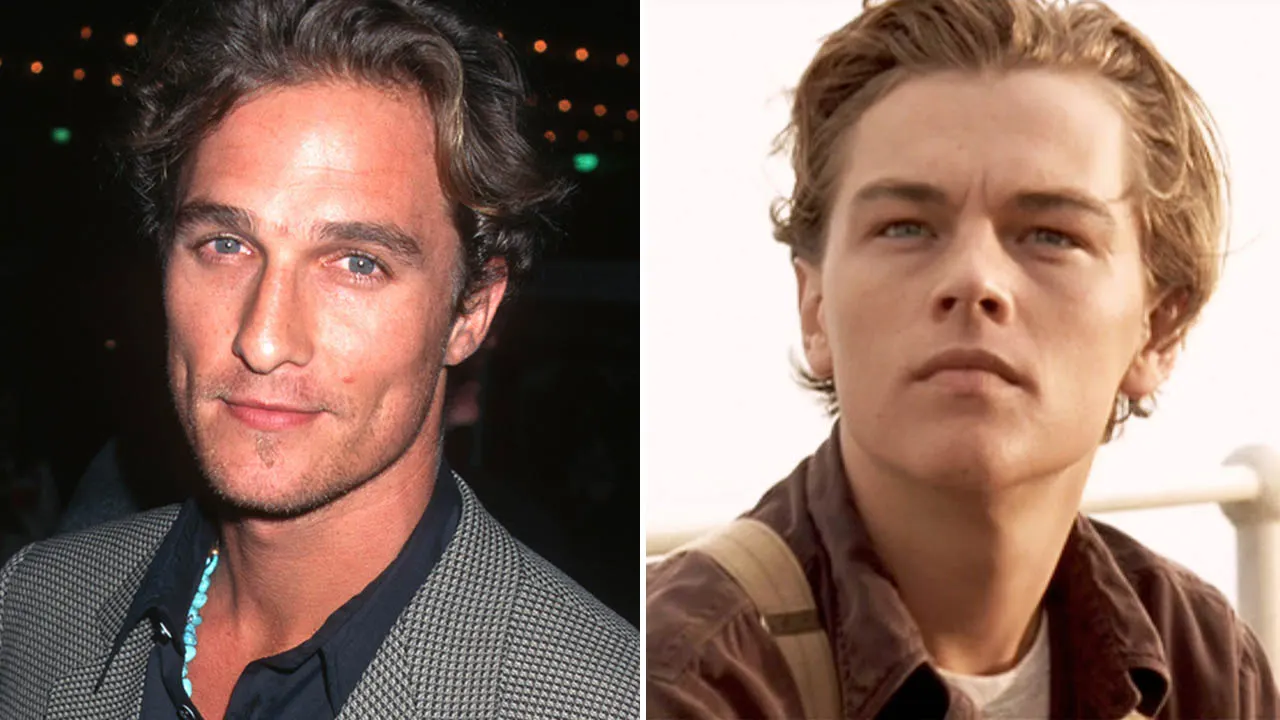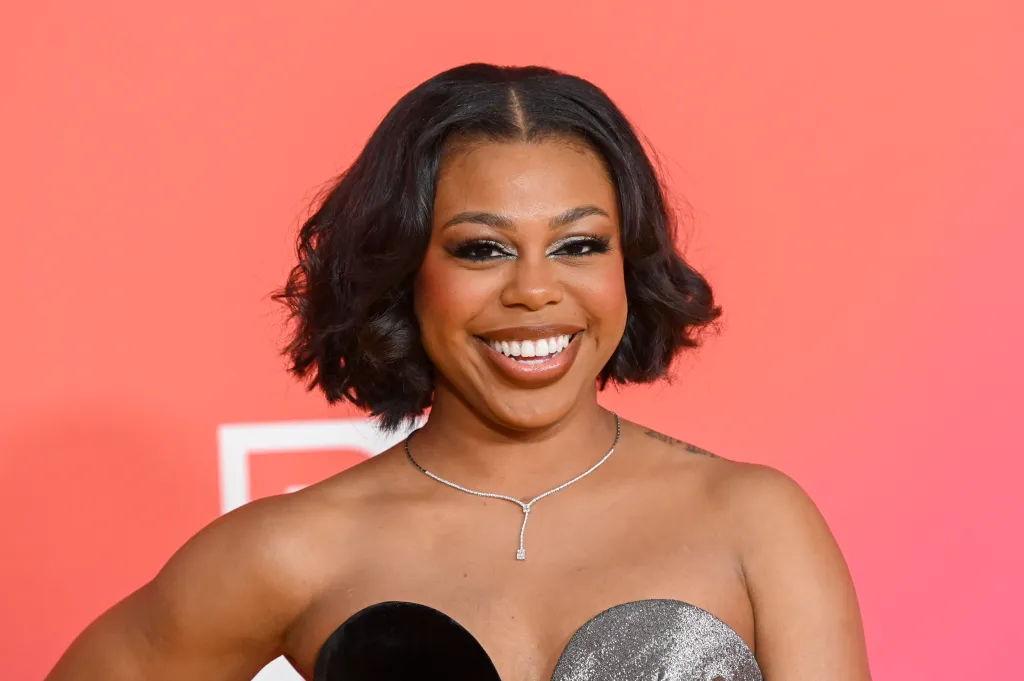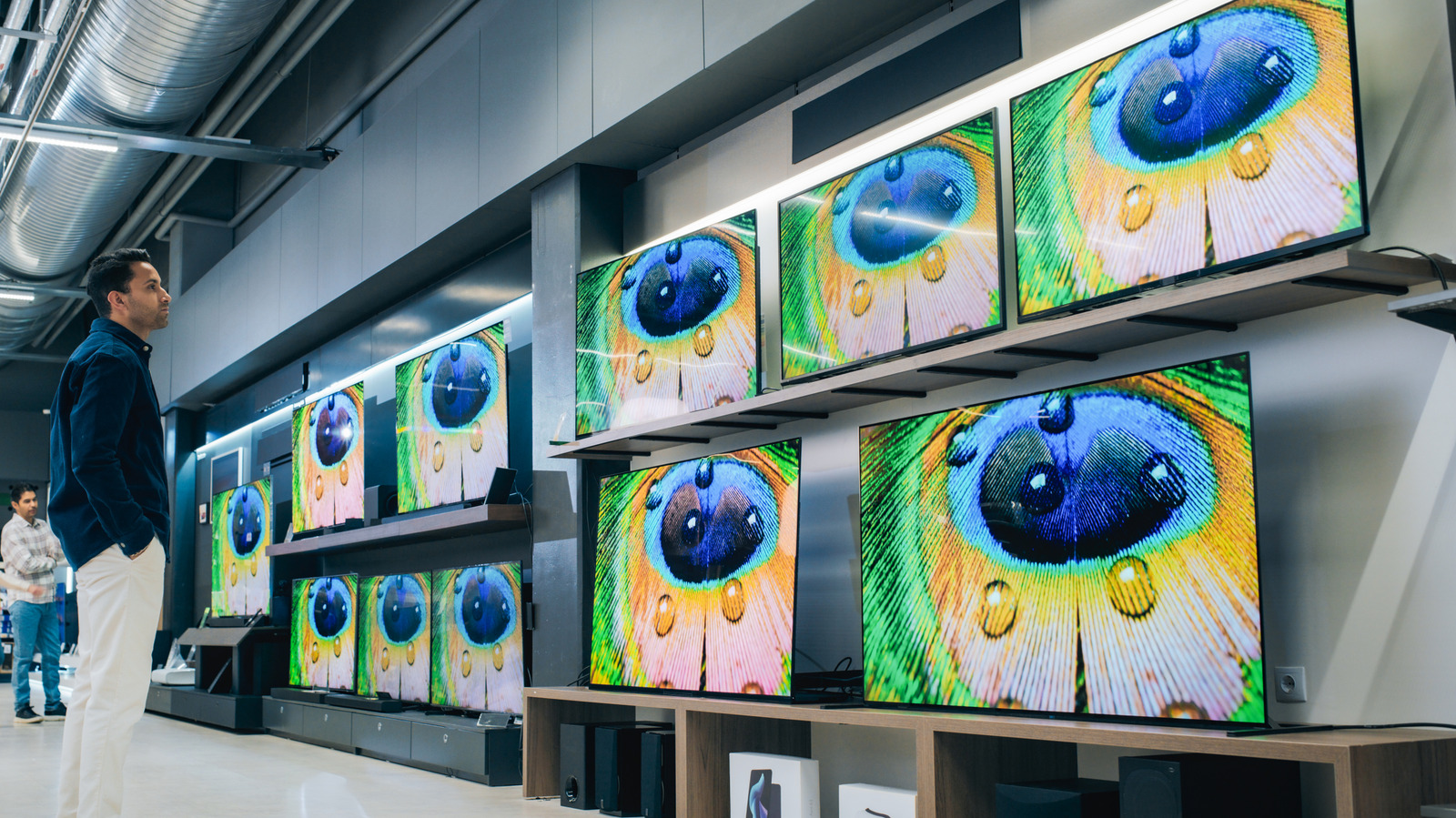Copyright scmp

When one thinks of professional wrestling, images come to mind of big-muscled characters such as Hulk Hogan, John Cena and The Rock body slamming each other, jumping off the top rope of the ring, and hitting opponents with a steel chair. In Hong Kong, pro wrestling is far smaller and more underground. But that does not mean those involved are any less passionate or intense in their pursuit of in-ring tussles. Inside an industrial building in the city’s New Territories, members of the Hong Kong Wrestling Federation (HKWF) meet weekly to run drills, practise taking punches and falling, and refine their characters. Most of the men – and it is mostly men – at the gatherings are relative newcomers who are still learning different holds, finishing moves and aerial tumbles. Among the veterans is Sylvester, who prefers not to use his last name. In fact, he would like to be known just by his in-ring moniker, Getter. He also does not want to reveal the practice venue’s location, lest uninvited visitors turn up, as they have in the past. Sylvester is also the operations director of HKWF, and one-half of the group’s leadership tag-teaming alongside fellow wrestler Bitman. Together, the pair nurture sports entertainment, which is how pro wrestling now identifies itself, in Hong Kong. “Wrestling has been in Hong Kong for more than a decade, but with different people,” says Sylvester, who got interested in wrestling by watching Mexican wrestling on YouTube back when the streaming platform was in its infancy. “Bitman and I met almost 20 years ago as friends. Back in the day, the promotion didn’t have much direction, and it didn’t grow much. Just dealing with rent and other issues was difficult, so it all closed down for a while,” Sylvester adds. Two of the early pioneers in Hong Kong are Ho Ho Lun, who was once part of WWE (World Wrestling Entertainment), and Jason “Dragon” Lee, who now wrestles full-time in Japan. The two still appear in Hong Kong shows when they are available. “This was an early hobby for us,” Sylvester says. “Where others played basketball and football, we did pro wrestling. But we’ve taken different directions growing up. Bitman wanted to progress into the professional route. He even went to Mexico to meet people and practise. “As for myself, after the initial movement slowed, I went back to school and have had different jobs in different industries. After the [Covid-19] pandemic, Bitman reached out to me. We decided to try this thing one more time.” Sylvester reassembled a wrestling ring, started a training channel, brought back some older wrestlers and recruited new people. “We’re in our thirties now, so I decided if we are going to do this, let’s do it in a professional manner, like a proper business and less of a hobby,” he says. “I’ve never seen people wearing masks and fancy, shiny clothes fly around the ring doing stuff only seen in Marvel superhero movies. As a kid, I thought, ‘How could you do that as a human being?’ It’s kind of empowering.” In 2024, HKWF relaunched professional wrestling shows in Hong Kong, for which the humble venues and settings are a far cry from WWE’s mega-spectacle stadium shows. While the WWE’s events, such as WrestleMania, Royal Rumble, and Summer Slam, can pack arenas with crowds of up to 100,000 and draw millions more viewers on TV, some HKWF events tap out at 300 people. Still, Sylvester is optimistic about growing a local fan base. The next show will be held on October 24 at Youth Square in Chai Wan. To gear up for the event, Hong Kong wrestlers such as Singh City Karan and Harshal have been training at the HKWF Academy of Pro Wrestling. It promises to be a historic night, featuring local rising stars colliding with global legends and a showdown between Mexican- and Japanese-style fighters. “We want people to enjoy the experience,” Sylvester says. “Now that we’re getting pros from overseas, our standards are getting higher. We’re also trying to do shows with different wrestling styles and storylines that reflect Hong Kong. We’re playing with ideas, having fun with ourselves and our audience.” Although the results might be predetermined, Sylvester is adamant that nothing in professional wrestling is fake. “The bumps and bruises are real, and it hurts a lot,” he says. “People say it’s fake, but it’s not fake. It’s not competitive in that it is choreographed action, like if you’re watching a movie. Is the fighting in a movie real? No, but you like it, right? It’s kind of the same. “Actually, we don’t have many injuries. Maybe once a year, someone gets hurt. I know it looks dangerous, but everything is practised and calculated, so it’s actually less dangerous than playing football.” Sylvester adds that professional wrestling can be something for everyone to enjoy and partake in. It is democratic in that anyone can be a performer. The WWE’s female wrestlers are today just as popular as their male counterparts. Also, historically, some of the best grapplers do not have sculpted abs. Wrestlers just need a big personality and a character that audiences love – or hate. “We want to recruit more talent in the coming year,” Sylvester says. “Whether you’re a short guy, fat guy, or 300 pounds, there’s a spot for you. It’s more about your mentality. You can work on a character and just spread the enjoyment of that creativity. “We want to share the experience, but it does require commitment. You can’t just come and go.” HKWF’s next event, “Shin Squared Circle: Lucha Libre Vs Puroresu”, will take place at Y Studio, 2/F Youth Square, 238 Chai Wan Road, Chai Wan on Oct 24 from 7.30pm. Tickets cost HK$450 (free seating) and are available from Popticket.



